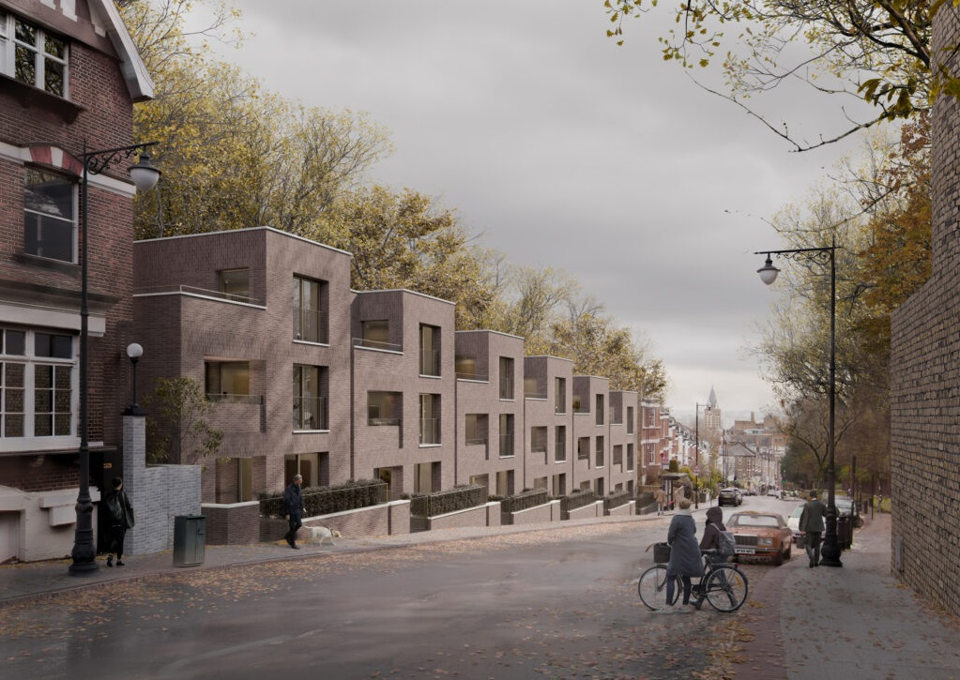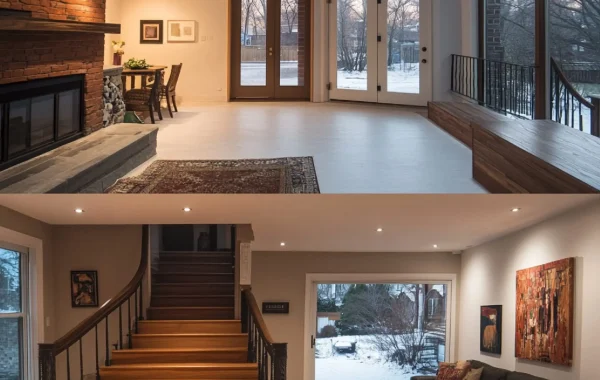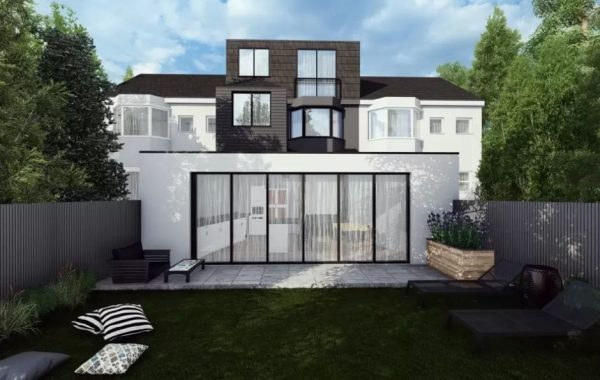Islington Highgate Change of Use: Transforming Traditions – A Story of Change and Renewal
Islington Highgate, a vibrant corner of North London, pulsates with the rhythm of centuries past and the dynamism of modern trends. Nestled amidst verdant parks and Victorian architecture, the area grapples with the ever-present question: how do we honor our heritage while embracing the winds of change? The answer, whispered in cobbled streets and whispered plans, lies in a dance of “Change of Use” – a concept reshaping the landscape of Islington Highgate, brick by brick.
From Groceries to Galleries: Reshaping Retail
Empty storefronts, remnants of a bygone shopping era, are breathing new life. The iconic “J.G. Cooke, Grocer & Tea Merchant” on North Hill, shuttered for years, is being transformed into a bustling art gallery. Imagine local artists showcasing their creations in the very space that once dispensed sugar and flour. This metamorphosis symbolizes the shift from consumerism to cultural curation, injecting art into the veins of everyday life.
Pubs to Pods: Redefining Hospitality
The historic “Bull & Castle” pub, with its oak-paneled walls and creaking floorboards, isn’t fading into sepia-toned memories. Instead, it’s evolving into a co-working haven for remote workers and aspiring entrepreneurs. Think sleek pods replacing worn booths, the aroma of freshly brewed coffee replacing stale beer. This change reflects the changing face of work, offering dynamic spaces for a new generation of hustlers.
Homesteads to Hubs: Reshaping Residences
Victorian terraces, once echoing with the laughter of families, are now buzzing with ideas. The grand facade on Highgate Islington, previously compartmentalized into flats, is being converted into a community hub. Picture yoga studios mingling with shared workspaces, rooftop gardens overlooking the city, and a cafe pulsating with the chatter of neighbors. This reimagining redefines the concept of “home,” creating a space for connection and collaboration beyond the confines of individual apartments.
Challenges and Concerns: A Delicate Balance
This “Change of Use” symphony isn’t without its discordant notes. Residents fret over gentrification, fearing the influx of trendy cafes and art galleries will push out the corner grocer and the friendly pub. Preservationists worry about the erosion of architectural heritage, the Victorian charm replaced by stark modernity.
Yet, amidst these concerns, a dialogue is brewing. Architects are incorporating historical elements into contemporary designs. Community forums discuss maintaining local character while embracing new businesses. The council, acting as the conductor of this urban transformation, seeks to strike a harmonious balance between progress and preservation.
Common Reasons for Change of Use:
Adapting to Market Trends: As consumer preferences evolve, businesses may need to modify their operations to meet the demand for different products or services.
Compliance with Regulations: Changes in local or national regulations may require businesses to alter their operations to maintain compliance, such as converting a commercial space into housing to meet housing demands.
Economic Factors: Economic shifts may prompt businesses to reassess their strategies, leading to a change in use to enhance profitability or reduce costs.
Community Development: Urban planning initiatives and community development projects can also contribute to the need for change of use, aligning businesses with the evolving character of the neighborhood.
A City Unfolding: The Future of Islington Highgate
Islington Highgate’s “Change of Use” story is far from over. Empty warehouses whisper possibilities of urban farms and tech startups. Dilapidated garages dream of becoming bike repair shops and community gardens. The future is a canvas waiting to be painted, each brushstroke a chance to redefine what it means to live, work, and create in this historic corner of London.
So, when you next meander through Islington Highgate, don’t simply see empty storefronts and peeling paint. See the potential for transformation, the whispers of a city unfolding, fueled by the delicate dance of “Change of Use.” This is not just a tale of bricks and mortar; it’s a story of adaptation, resilience, and the enduring spirit of a community that embraces change while holding onto its cherished past.





